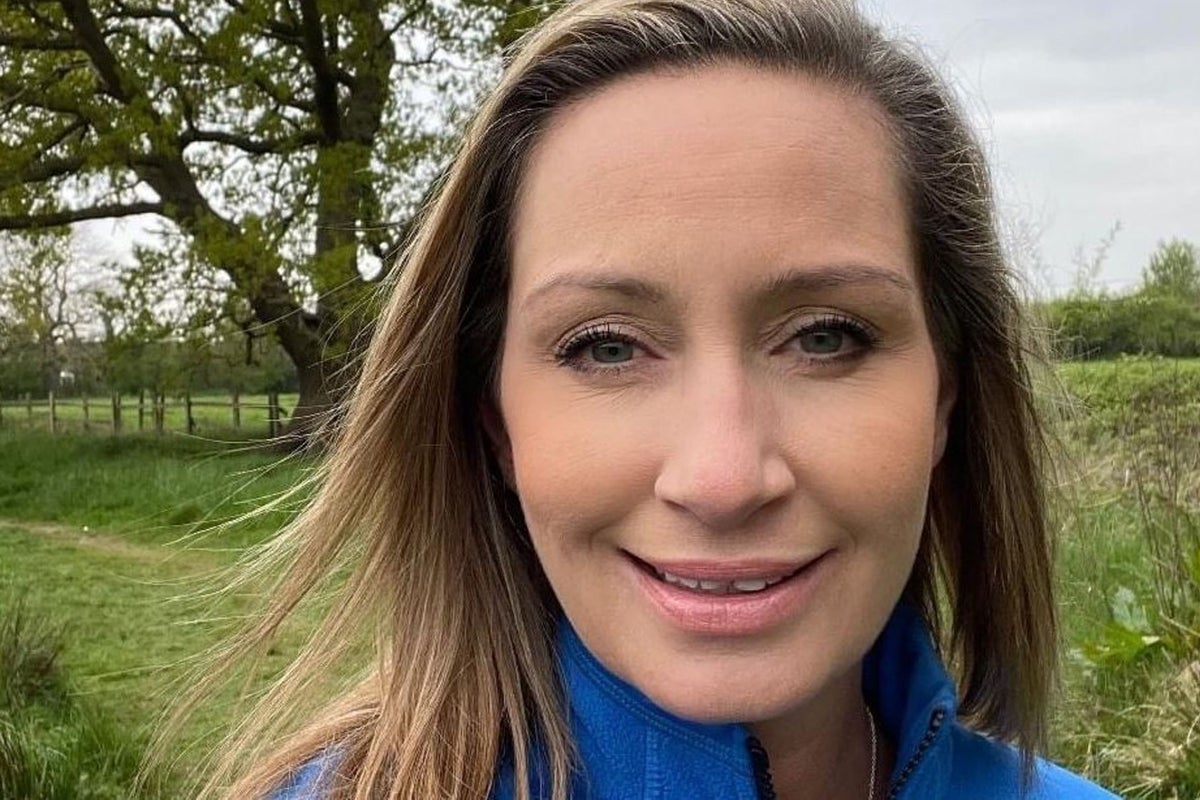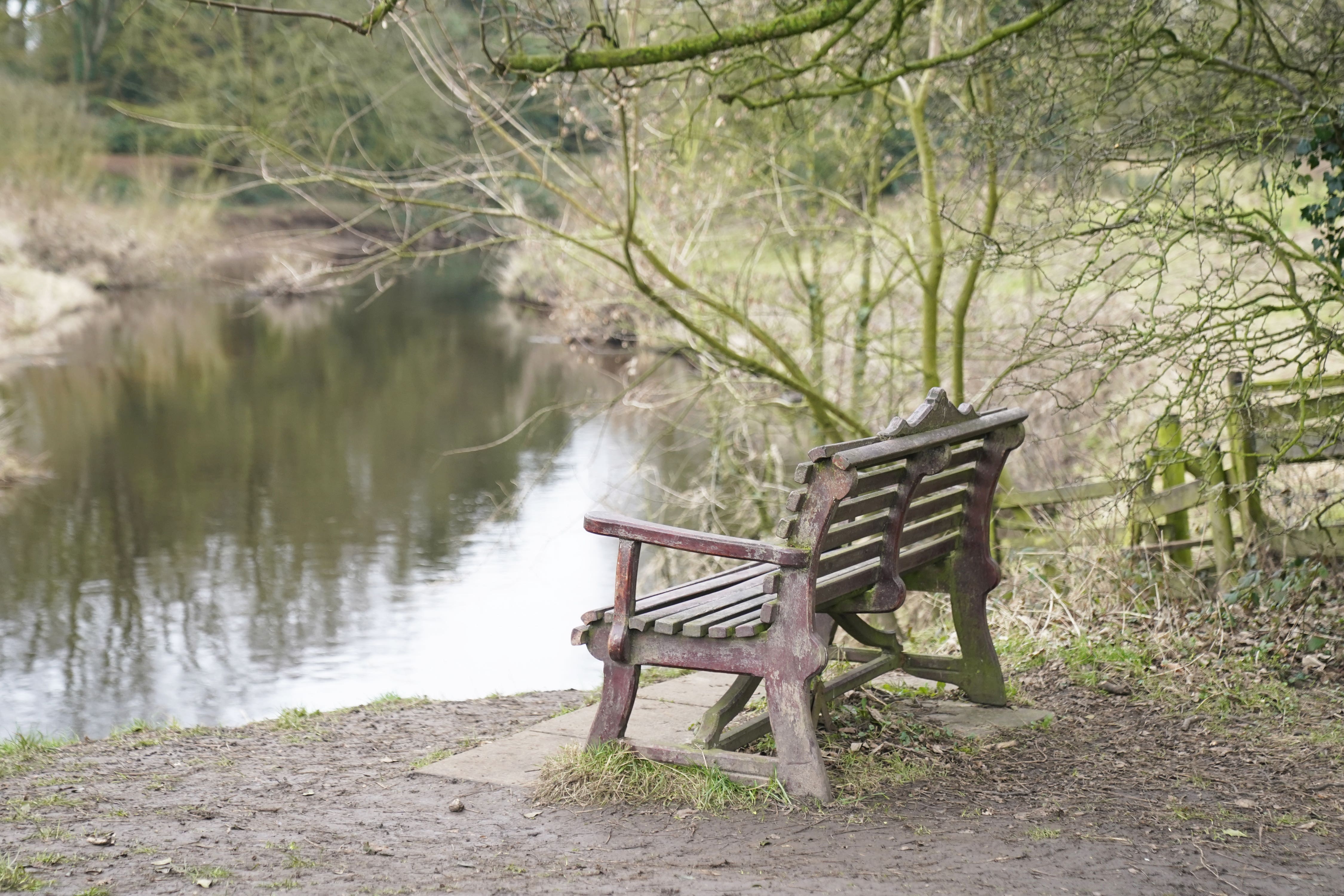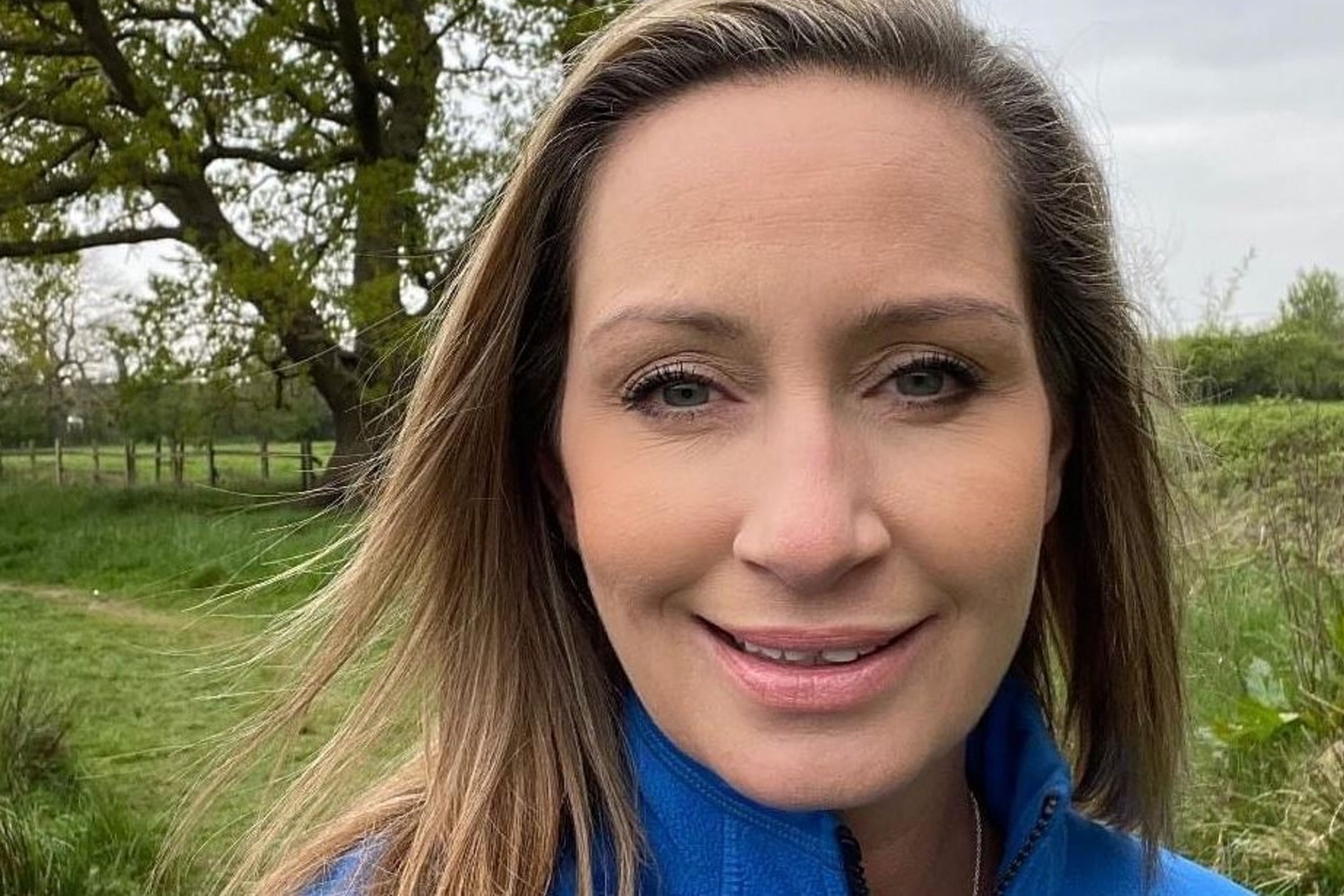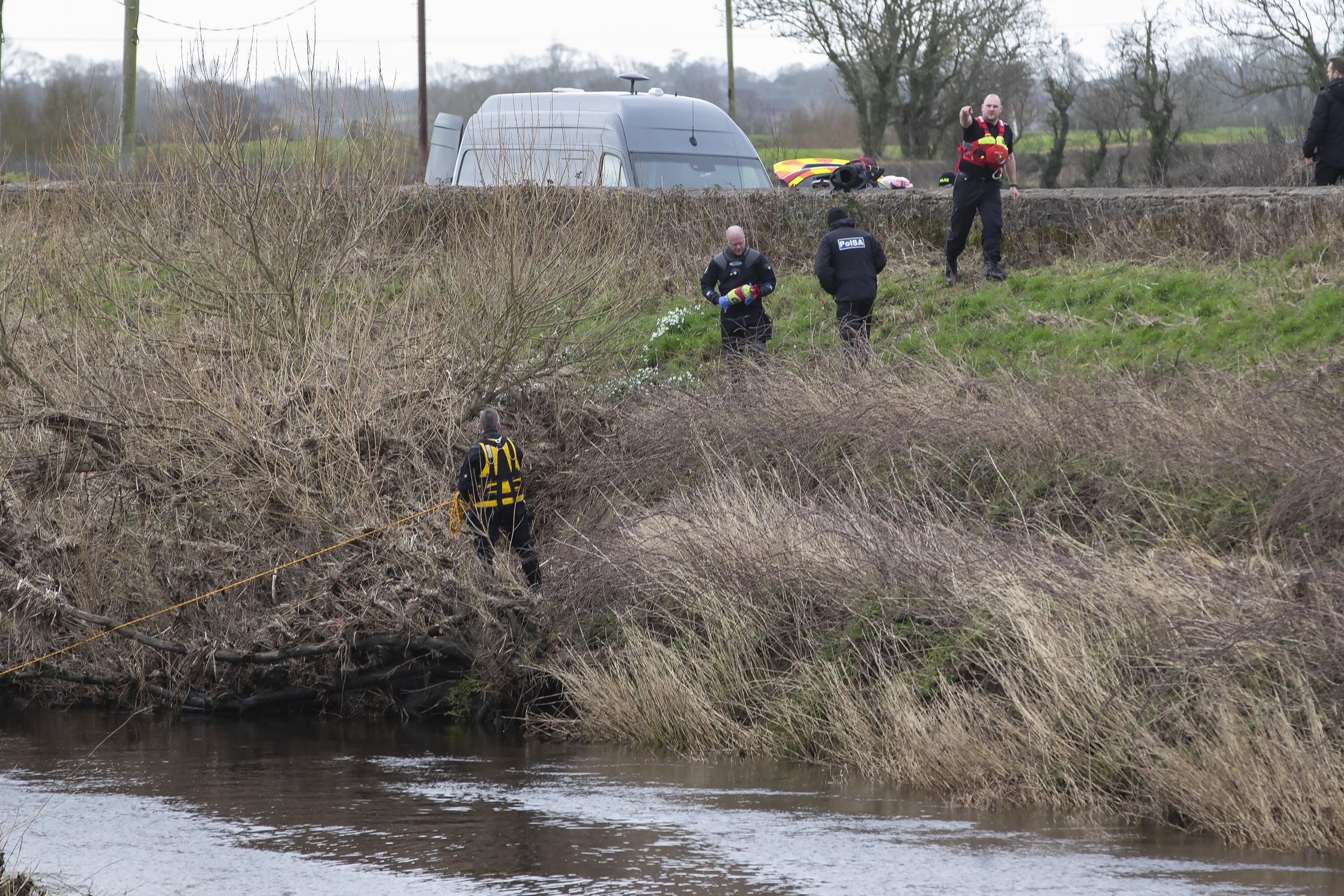
A body belonging to missing mother Nicola Bulley was finally found on 19 February, around a mile away from where she was last seen on the river in St Michael’s on Wyre in Lancashire.
Ms Bulley had disappeared on 27 January while walking her dog Willow after dropping her children off at school earlier that morning.
Police said two walkers, who used a path well trodden by officers, found her body, which was formally identified the following day.

She was found in an area of the river that had already been searched by rescue teams, leading to questions as to how she went undiscovered for more than three weeks.
A Lancashire Police diving team subsequently returned to the area on 4 April to continue their investigations.
Peter Faulding, the head of Specialist Group International, had said he was “100 per cent sure” Ms Bulley was not in the river after his team searched it during the second week of her disappearance.
Experts have said there are a number of reasons why Ms Bulley might not have been found sooner.
“Although the area where she was found is just within the tidal section, I doubt she moved up and down the river very far,” a professor who studies rivers told The Daily Telegraph.
The professor, who did not want to be named, said he believed Ms Bulley was most likely in the same spot throughout the search operation.
It is not yet clear how long Ms Bulley had been in the water when she was found. Her death has been referred to the coroner.
“It is around five miles from where she was found until the estuary of the river,” the professor added.

“It is extremely unlikely that she could have been right down in the estuary and then brought back up by the tidal flow. It’s really hard to be dogmatic but I would suspect they [search teams] just missed it.”
A second theory is that Ms Bulley’s body gradually moved down the river and the search teams were unable to find it because of the muddy and unclear water.
Earlier in February, the secretary of an angling society that manages a stretch of the river downstream from St Michael’s suggested Ms Bulley’s body could have become snagged or stuck behind an object on the river bed.
“Around that stretch there are sandbanks, overhanging trees and quite a lot of vegetation,” said the person, who did not want to be named.
“The bank is also quite undercut in places. Anything that ends up in the river around there tends to hang around because unless there’s a major weather event there’s not enough flow to wash it out to sea.”

A third theory is that Ms Bulley’s body was swept down into the estuary and moved back upstream as the tide came back in.
But experts told The Telegraph this was unlikely because the distance to the estuary was too great and the chance of the body being seen much higher, suggesting Ms Bulley’s body was likely in the same place where it was found and searched by police and amateur detectives.
On 27 February, TikTok threatened to remove users who spread misinformation about Ms Bulley after the social media app was criticised for allowing conspiracy theories to spread on its platform during the search.

Ms Bulley had been missing for more than three weeks and amateur detectives, online sleuths and social media influencers descended on St Michael’s on Wyre to look for her.
Dal Babu, former Met Police superintendent, said one baseless claim he saw online was that the search for Ms Bulley was not real and that “actors” had been brought in to stage the search operation.
Mr Babu also accused social media companies of creating a “Wild West” of misinformation and needed to be held to account for “what they’ve done.”
Responding to the criticism, TikTok said in a statement: “Our thoughts are with Ms Bulley’s family and friends at this difficult time. We have mobilised resources to monitor the evolving conversation about this case.
“We are taking action against violations of our Community Guidelines, including removing content and accounts, and limiting the reach of some content by making it ineligible for recommendation.”







